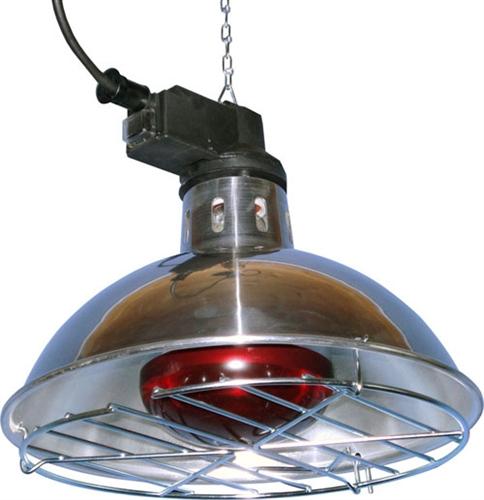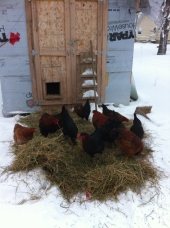
 3
3





 6
6




 3
3




"Study books and observe nature; if they do not agree, throw away the books." ~ William A. Albrecht
 1
1




 2
2




James Freyr wrote: I built a second coop on wheels and it can accommodate 50 birds and has seven nesting boxes.
 1
1




 3
3




Kellios Mac wrote:Thanks All for your feedback!
Another question that came up over coffee this morning...
Do you use lights for chicks to stay warm? If so, is there a good type you'd recommend?
I"m thinking of starting chicks inside my shed but it gets pretty cold here in Montana, I have some grow lights but am not sure if they would get too hot for the wee ones?
-K
“Action on behalf of life transforms. Because the relationship between self and the world is reciprocal, it is not a question of first getting enlightened or saved and then acting. As we work to heal the earth, the earth heals us.” ~ Robin Wall Kimmerer
 1
1




Dieter Brand wrote:
James Freyr wrote: I built a second coop on wheels and it can accommodate 50 birds and has seven nesting boxes.
50 birds? That must be huge. Can you share the design?
Cheers,
Dieter
"Study books and observe nature; if they do not agree, throw away the books." ~ William A. Albrecht
 4
4




Living a life that requires no vacation.
 2
2




 2
2




"When the whole world is running towards a cliff, he who is running in the opposite direction appears to have lost his mind." C.S. Lewis
Visit https://themaineingredient.com for organic, premium dried culinary herbs that are grown, processed, and packaged in the USA.
 1
1




Kellios Mac wrote:
Do you use lights for chicks to stay warm? If so, is there a good type you'd recommend?

"Study books and observe nature; if they do not agree, throw away the books." ~ William A. Albrecht
 4
4




Kellios Mac wrote:Thanks All for your feedback!
Another question that came up over coffee this morning...
Do you use lights for chicks to stay warm? If so, is there a good type you'd recommend?
I"m thinking of starting chicks inside my shed but it gets pretty cold here in Montana, I have some grow lights but am not sure if they would get too hot for the wee ones?
-K
 1
1




 3
3




Living a life that requires no vacation.

|
Do not set lab on fire. Or this tiny ad:
Learn Permaculture through a little hard work
https://wheaton-labs.com/bootcamp
|








